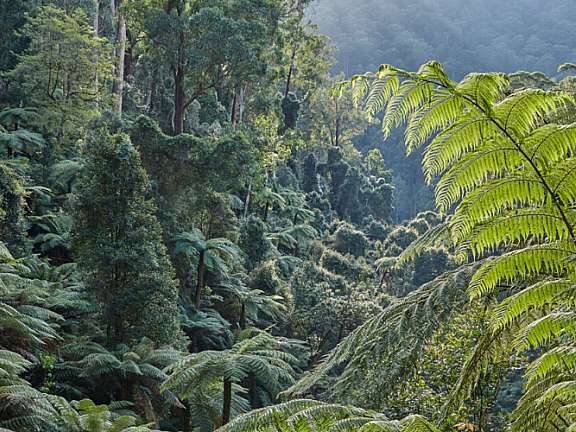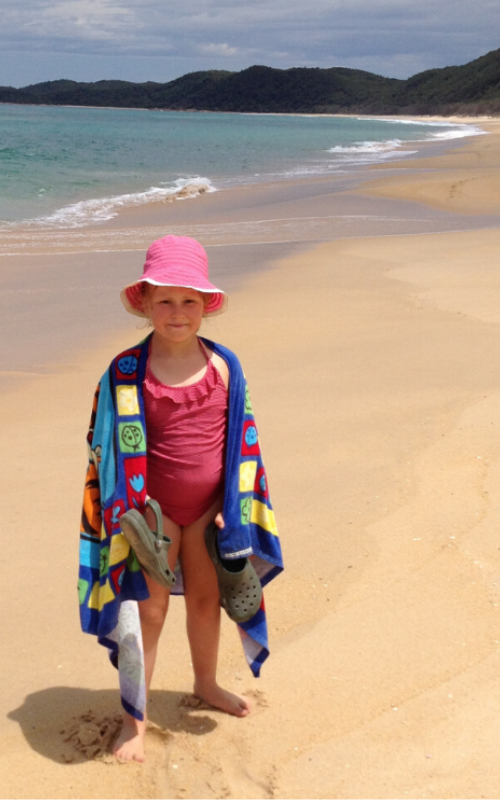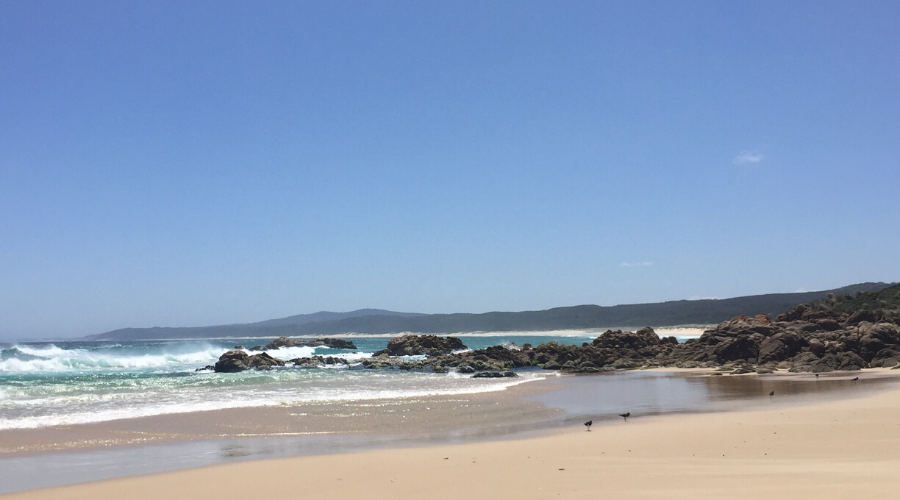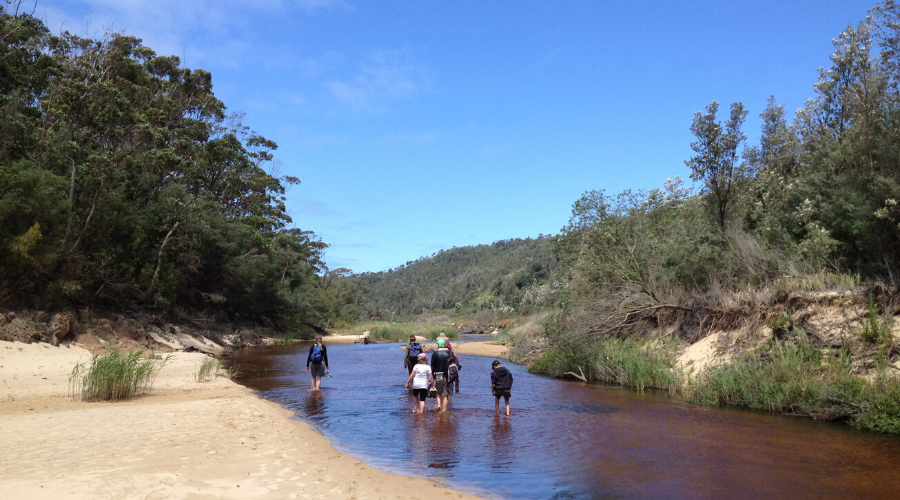
This. Changes. Everything.
The Wilderness Society's Victoria Campaign Manager Amelia Young reflects on the unfolding bushfire disaster, the fires having passed through a special place for her family.
The bushfires raging across our continent are having a devastating impact on the safety and wellbeing of regional communities—and on people everywhere. Wildlife and nature are also immensely affected.

Every summer, for the past 35 years, my family and I have camped on the wilderness coast at Croajingolong, on the lands and waters of the traditional custodians of far-eastern Victoria. For me this land and seascape has been a place of respite and wonder—and a constant solace in this ever-changing world.
This year, my sister and I decided to wait to travel down—heeding requests from authorities for visitors to avoid the East Gippsland region.
And then overnight, the fire that trapped thousands in Mallacoota, also burnt out this place I have known and loved for a lifetime—the sturdy bridge that spans the gentle, tea tree-coloured Thurra River is no more.
The impact on coastal heathland forests, and on the animals that live in this special place, is unimaginable. My heart breaks as I think of the pairs of Sooty oystercatchers that this time of year would be coaxing their single fledglings along the beach. The Lace Monitors that for eons have clambered up the trunks and branches of mighty coastal eucalypts would have struggled to survive the inferno.

The Wilderness Society acknowledges that as custodians of bushfire affected lands and waters, Traditional Owners’ experience of this crisis is unique.
We deeply respect the extraordinary efforts of those on the frontline—all the firefighters, emergency services workers, parks rangers, health practitioners, vets and community leaders who are fronting up everyday in unimaginable conditions to support communities, wildlife and nature.
This bushfire season is unprecedented, but, regrettably, not unforeseen. It is now brutally clear; climate change is increasing the scale and intensity of bushfires.
The Wilderness Society welcomes the Australian Government's decision on 13 January to initially invest $50 million for the immediate work of rescue and recovery of wildlife affected by the 2019–20 bushfire crisis.
It is a good first step towards recovery, especially the commitment to support wildlife carers and undertake a scientific process to understand the extent of the devastation. Identifying green, unburnt areas of wildlife habitat to immediately protect is an urgent priority.
Many animals, like the Greater Glider and koala, have lost large areas set aside to ensure their future survival. While the assessment of the full extent of the damage is just beginning, it’s vital that we immediately protect the remaining unburnt critical habitat so that the wildlife that survived the fires aren’t then immediately lost to destructive logging or deforestation.
One thing the 2009 Victorian bushfires taught us is that on top of all the wildlife, water and climate impacts, logging unburnt forests doesn’t help communities recovering from the trauma of bushfire. It also does nothing for drawing down carbon out of the atmosphere—which is Australia’s shared, urgent and clear task for the remainder of 2020 and beyond.

We can’t let nature’s recovery process be hijacked by vested interests intent on business as usual. We must rebuild the resilience of communities and environments to be able to survive the impacts of the climate crisis.
As an initial investment, the $50 million is a good start. This bushfire crisis is still unfolding, as is the impact on wildlife and nature. What we do know is that long-term recovery will require funding at levels that have never been provided in the past. The Commonwealth needs to be guided by scientists and experts as to how this investment should be spent.
And one thing is certain: emergency intervention must not be followed by a return to business-as-usual. Australia’s nature laws have failed to protect our wildlife and the ecosystems they call home—and these fires may have pushed many species over the brink.
This bushfire season is far from over, and more catastrophic fire seasons are predicted for our future. Australia needs a complete overhaul of how we protect our natural wonders—wildlife found nowhere else on Earth, forests that provide us with clean air and water—to ensure we don’t lose them forever, and because our lives depend on it.